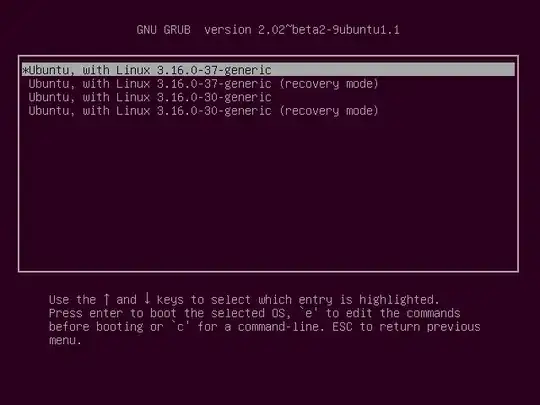I'm new using Ubuntu and I'm trying to experiment with pgrouting
Everything went fine until I tried to install posgresql 9.5 on ubuntu 18.04 ... I used the following command:
sudo apt-get install libedit2 libpq5 postgresql-client-common zlib1g libgssapi-krb5-2 libldap-2.4-2 libpam0g libxml2 postgresql-common locales ssl-cert tzdata sysstat
But it wasn't installed correctly, so I thought to remove and reinstall and used this:
sudo apt-get remove libedit2 libpq5 postgresql-client-common zlib1g libgssapi-krb5-2 libldap-2.4-2 libpam0g libxml2 postgresql-common locales ssl-cert tzdata sysstat
But something horrible happened: more things were removed than I wanted and I could no longer use my computer, I did not accept commands like
bash
sudo
apt
sudo apt-get
Even the networks were formatted and now I can't be online. Does anyone know how to install everything again without using those commands?


sudo apt-get install postgresql. 9.5 is in the 16.04 repositories. Munging an older version onto a newer system is not recommended for new users - bit of a learning curve. – user535733 Jan 26 '19 at 04:40